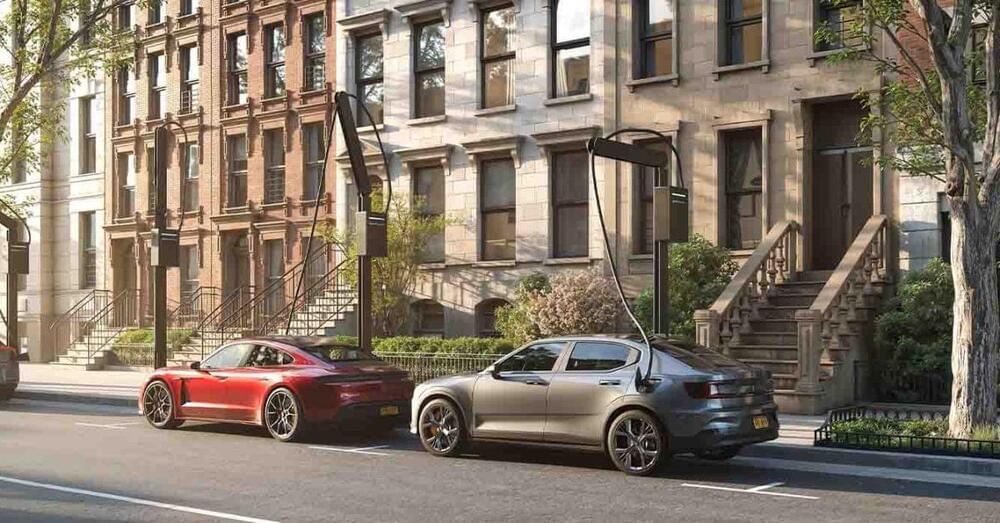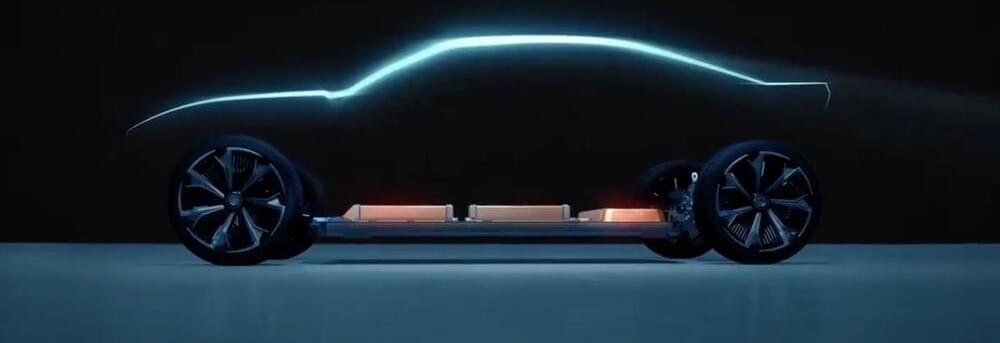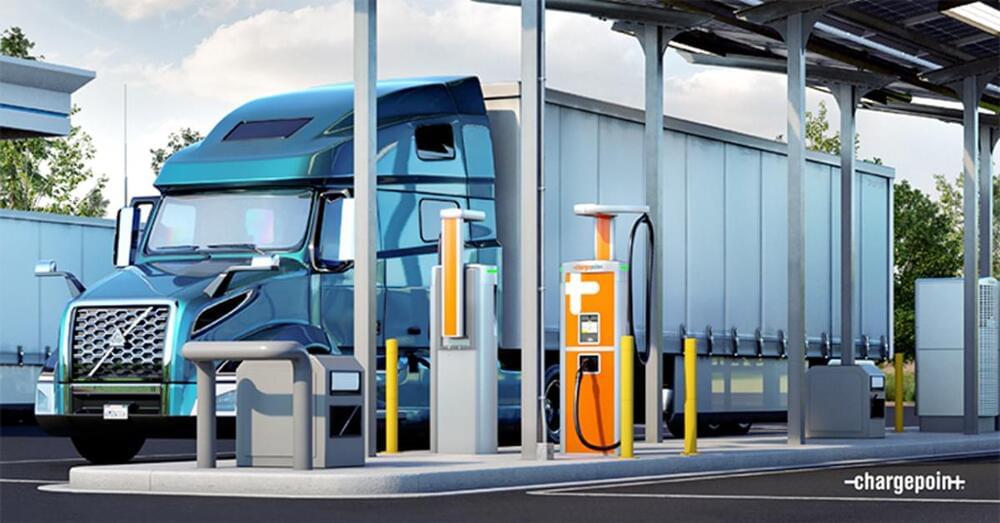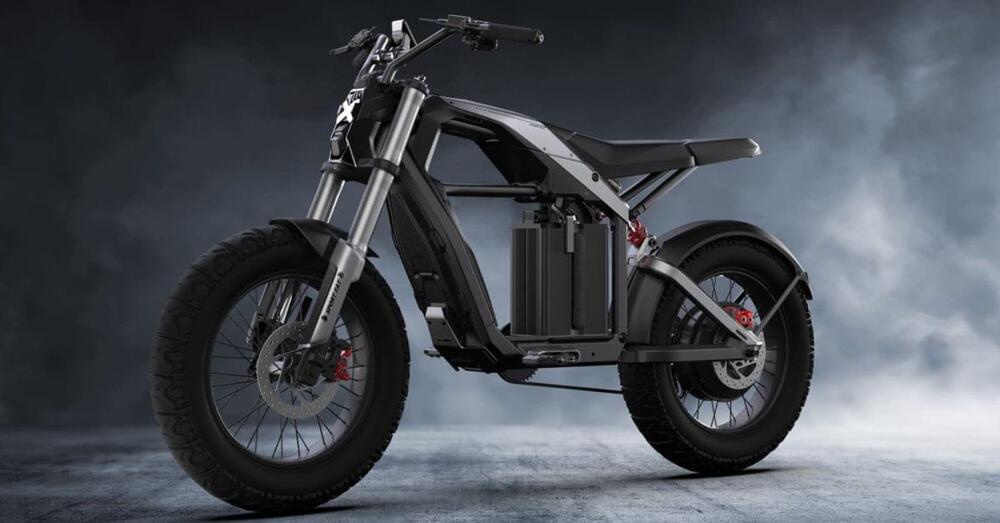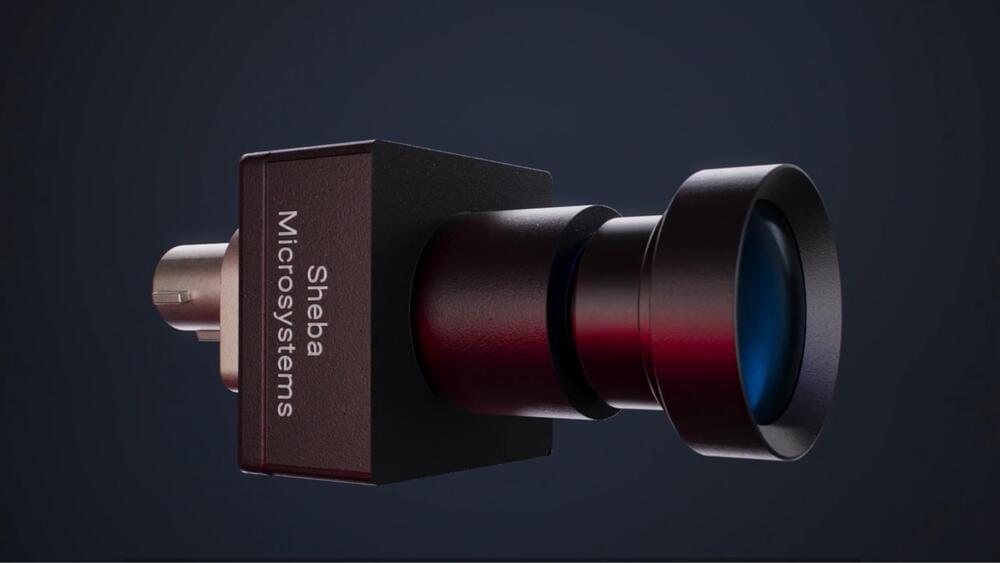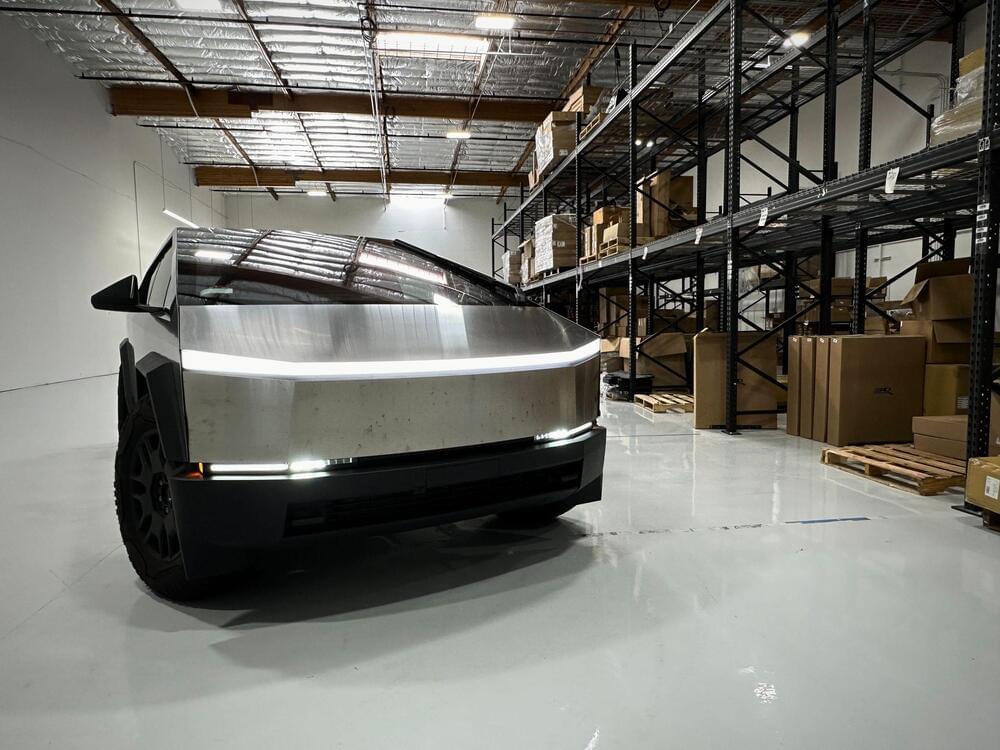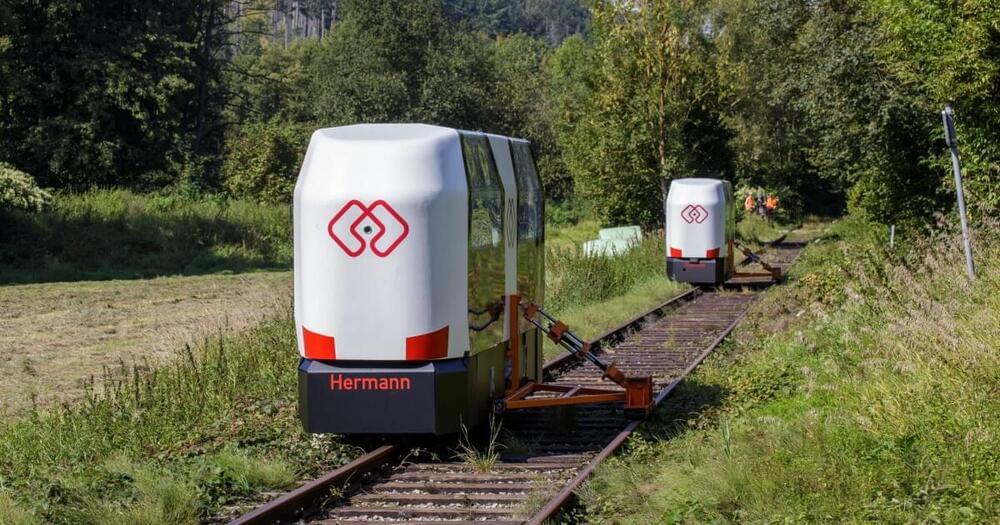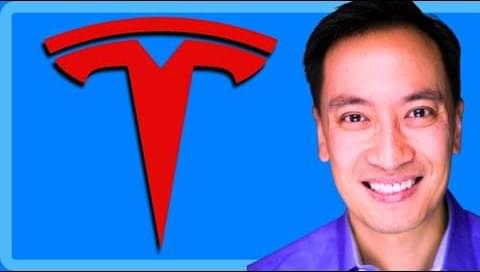NY-based startup and EV infrastructure specialist Gravity has launched a new line of universal EV charger “trees” it hopes will bring convenient charging sessions curbside on city streets. The deployment will start modestly, but Gravity is targeting a street charging network that is” more expansive than Tesla’s current Supercharger network.”
Gravity Inc. is a startup focused on sustainable fleets and the infrastructure required to operate them efficiently. In 2021, Gravity began rolling out a fleet of all-electric Mustang Mach-E yellow cabs around New York City while partnering with building owners and parking operators to implement electric vehicle charging infrastructure to support individual drivers and large EV fleets.
At that time, Gravity was already teasing plans to open the “only true fast-charging site in Manhattan” to support the taxis and local EV owners. In October 2023, Gravity released a full suite of 500kW EV chargers, some of the fastest we’ve seen.
